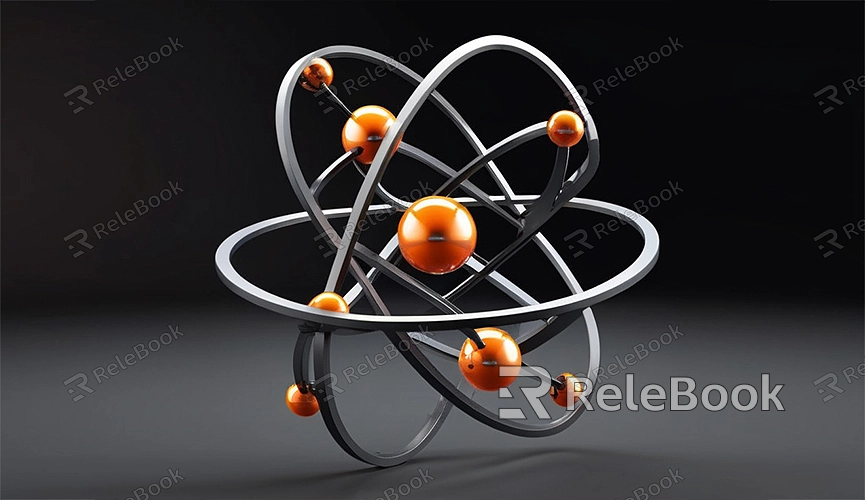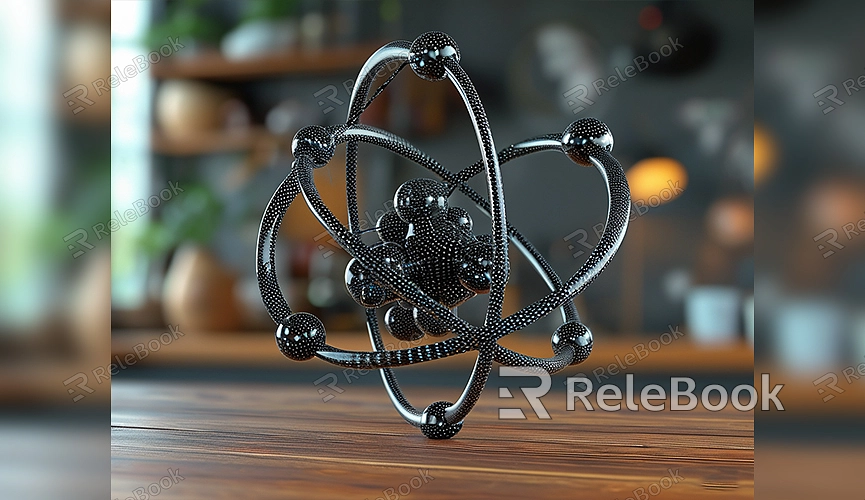How to Render as a Video Blender
Blender is a powerful 3D modeling and animation software that attracts many creators and designers. Whether you're working on short films, animations, or other visual effects, rendering is an essential step. Converting your animation into a video format (such as MP4) is the final step to sharing your creative work with an audience. If you want to master this skill, this guide will walk you through the process of rendering your results as a video in Blender, helping you efficiently output your projects.
Preparation
Before rendering, ensure that all parts of your animation are properly set up. Confirm that keyframes are correctly placed on the timeline, the animation flows smoothly, and all objects, materials, and lighting are arranged in the scene. It’s a good idea to preview the animation using Blender’s “Viewport” feature to check for any issues or omissions before starting the render.

Setting Render Options
1. Choose the Render Engine
Blender offers two common render engines: Eevee and Cycles. Eevee is a real-time render engine that is fast and suitable for quick previews and animations. Cycles is a physically-based ray tracing engine that, although slower, provides higher detail and more realistic lighting effects. Choose the engine based on your project needs. If you want quick output and don’t need the highest quality, Eevee is a good choice; for high-quality rendering, Cycles is preferable.
2. Output Settings
In the “Output Properties” panel, set parameters such as frame rate and resolution. Frame rate determines the smoothness of the video, with common choices being 24 or 30 frames per second (fps). For web videos or general projects, 30 fps is typically a good option. Resolution affects video clarity, with 1080p (1920x1080) being a standard resolution.
Rendering as a Video Format
1. Select File Format
In the “Output Properties” panel, locate the file format settings. By default, Blender outputs image sequences rather than video formats. Change the file format to “FFmpeg Video,” which is one of the video output options supported by Blender.
2. Configure Encoder Settings
After selecting “FFmpeg Video,” you can adjust the encoder settings. Under “Encoding,” set the “Container” to “MP4” and choose “H.264” as the video codec. H.264 is a highly compatible format that efficiently compresses file sizes while maintaining high video quality, making it ideal for rendering animation videos.

If your animation includes audio, select “AAC” as the audio codec in the “Audio” tab to ensure that audio and video are synced.
3. Set Output Path
In the “Output” section, choose the folder where you want to save the rendered file and name the video file. Make sure to select a location that is easy to access to avoid difficulty finding the file after rendering.
Starting the Render
Once all settings are configured, click on the “Render” menu at the top and select “Render Animation.” Blender will render frame by frame according to the frame rate and length of your animation, producing an MP4 video file.
During the rendering process, Blender will display a render window where you can monitor the progress in real-time. The time it takes to render depends on the scene’s complexity, resolution, and your computer’s performance. If rendering takes too long, you might consider lowering the resolution or simplifying the scene to speed up the process.
Post-Render Review
After rendering is complete, open the generated MP4 file to review the animation. Ensure that the video is smooth, audio is synchronized, and there are no rendering errors. If the video quality is unsatisfactory, such as choppiness or unclear visuals, you may need to adjust settings in Blender and re-render.
Additionally, if the file size is too large, you can reduce the bitrate in the encoder settings or use compression software to further compress the video.
By following these steps, you can easily render animations from Blender as video files. Whether you’re creating short films, promotional animations, or project presentations, these techniques will help you efficiently complete your tasks.
If you need high-quality 3D textures and HDRI for your models and virtual scenes, you can download them for free from [Relebook](https://textures.relebook.com/). For exquisite 3D models, visit [Relebook](https://3dmodels.relebook.com), where you can find a wide range of premium resources to enhance your 3D creations and rendering.
Mastering Blender’s rendering settings and optimization techniques will help you produce professional animations and continuously improve your technical skills.

